what viruses current pose a threat to the human race?
10 Of The Greatest Threats To Human Life Around The World Today
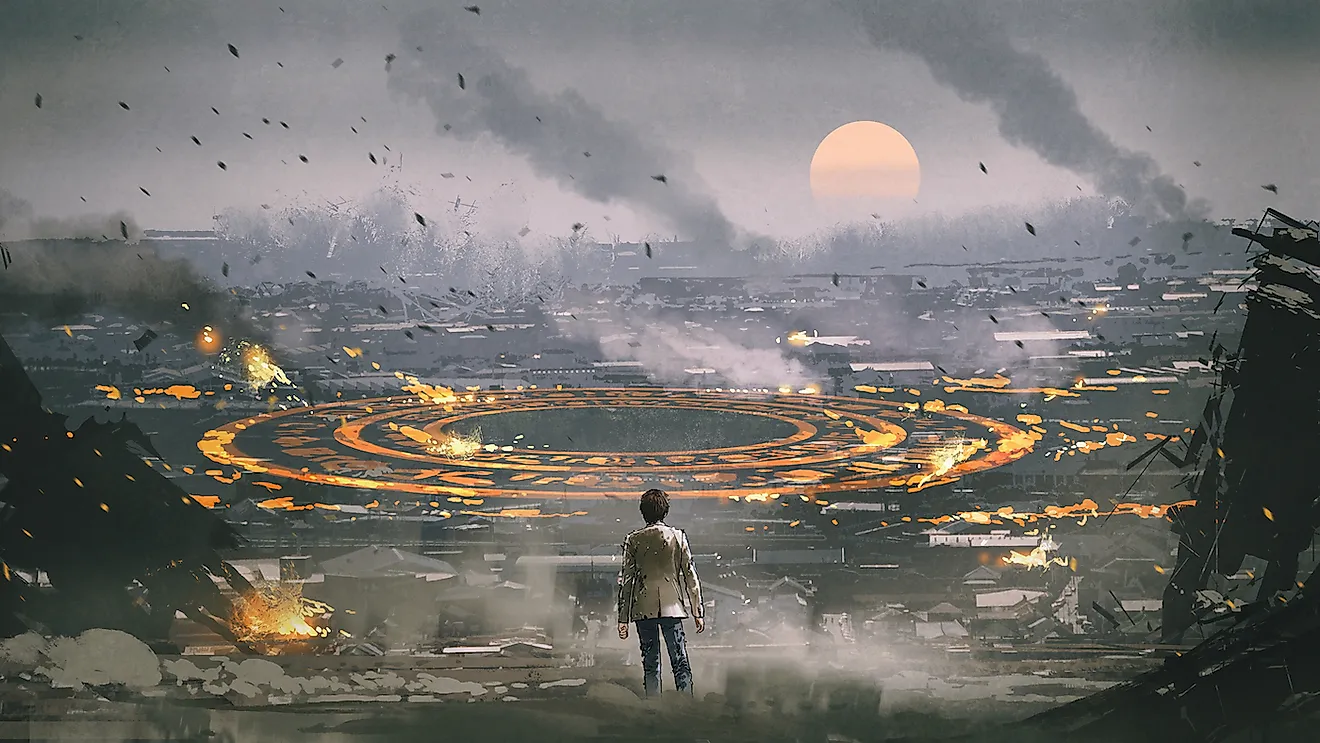
- Many experts believe that climate modify poses the greatest threat to humankind today.
- Scientists including world-renowned astrophysicist Stephen Hawking believe that bogus intelligence will eventually crusade the extinction of the man race.
- Many fear that nanotechnology or engineering at the molecular atomic level can exist used for warfare and become highly destructive with many unintended consequences.
At present more than ever we are seeing how fragile flesh's existence tin can be. Humans all over the world are and so interconnected, each one'south actions can take a ripple event with consequences that can pour globally. These consequences may become and so catastrophic, that co-ordinate to scientists, it can somewhen lead to humankind's extinction.
While many doomsday scenarios in pop culture may seem out of impact, this doesn't hateful that at that place are no real threats to humanity's existence. According to the about recent Global Challenges Study by the Global Challenges Foundation, there are many current threats to humankind'due south existence that arise every bit a result of human activeness. Others like natural catastrophes are beyond human control just its impact can exist scaled significantly with global cooperation.
The beginning stride is acknowledging these threats and learning whatever humans tin can near these risks to permit give-and-take leaders, experts, and scientists to mitigate them.
10. Nuclear War
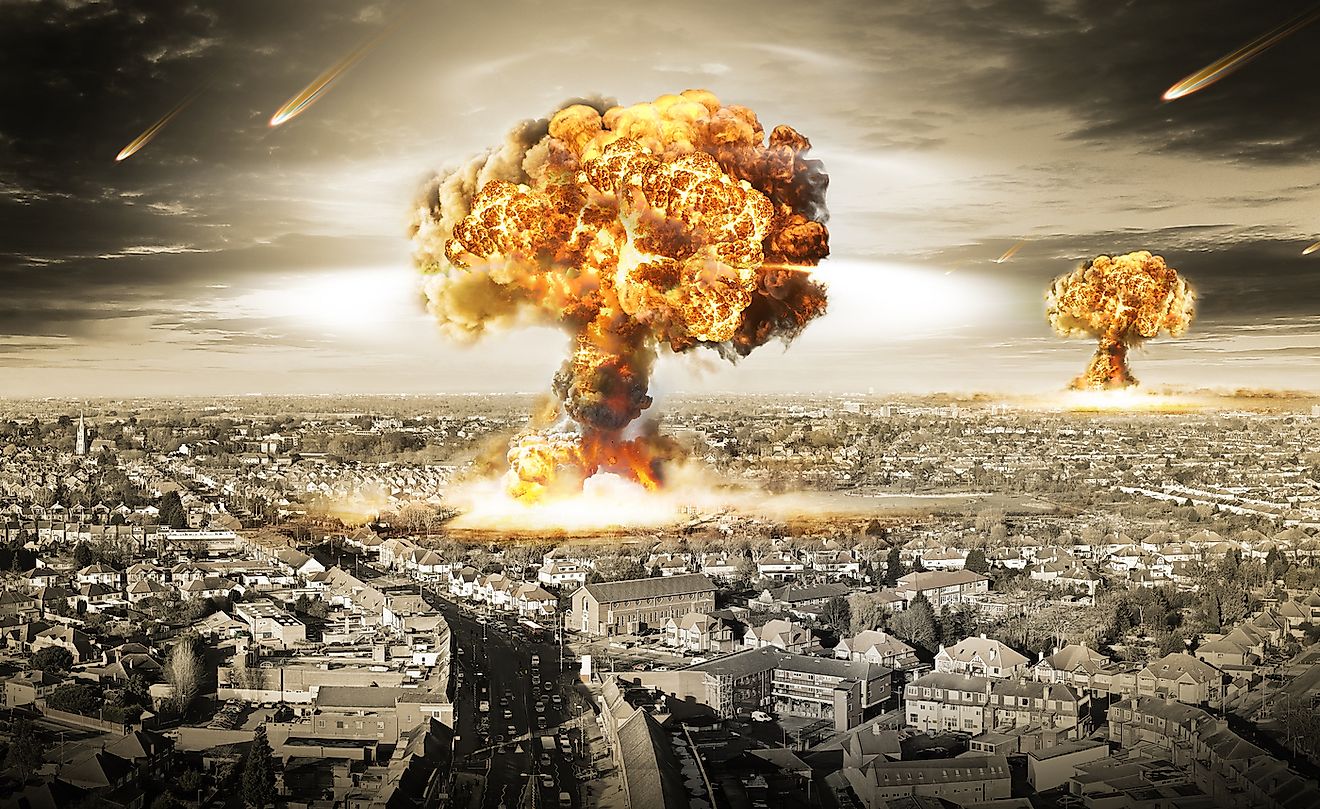
The threat of anything caused by a nuclear war remains present more than 70 years later a nuclear bomb killed 150,000 people in Hiroshima, Japan. What many learned during this catastrophic moment in history is that the presence of nuclear weapons in modern-day guild has the potential to put humanity'south existence at run a risk.
Co-ordinate to the Arms Control Association, the world's nuclear states has a staggering total of 14,000 nuclear warheads, 90% of which belong to Russian federation and the U.s.. Meanwhile, researchers from Rutgers University, the National Centre for Atmospheric Research, and the University of Colorado found that a nuclear war just betwixt these 2 nuclear packing countries could cause nuclear winter. Bated from the immediate destruction of lives and decease due to radiation, a nuclear winter could put the planet into a mini ice age marked by a severe agronomical and ecological plummet that can in turn atomic number 82 to dearth.
nine. Biological Warfare
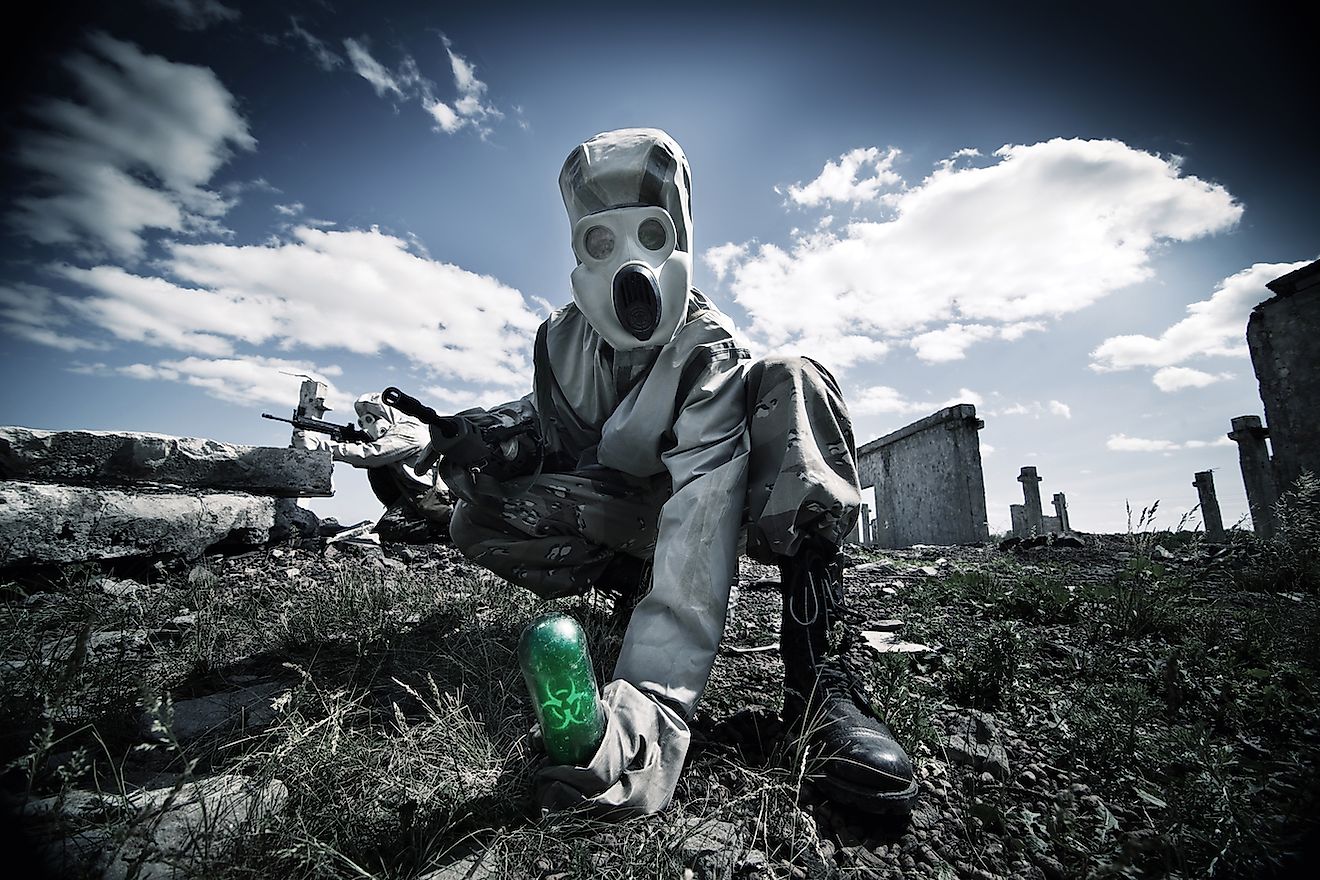
Co-ordinate to the Global Challenges Report, some chemical and biological weapons possess bully catastrophic potential. Poisonous chemicals, for example, can exist aerosolized or spread into the water supplies polluting an entire region's systems and killing hundreds if non thousands of people.
Contempo developments in synthetic biology and genetic engineering have too become a business concern since new technological advancements in these fields make it possible for laboratories to create highly infectious and deadly substances. "Such pathogens could be released accidentally from a facility, or intentionally released in large population centres," the written report explains. What's even more alarming is that unlike nuclear weapons, which require complex technology and more resource to produce, biological and chemical weapons can be developed with fewer resources at a lower cost.
8. Global Pandemic
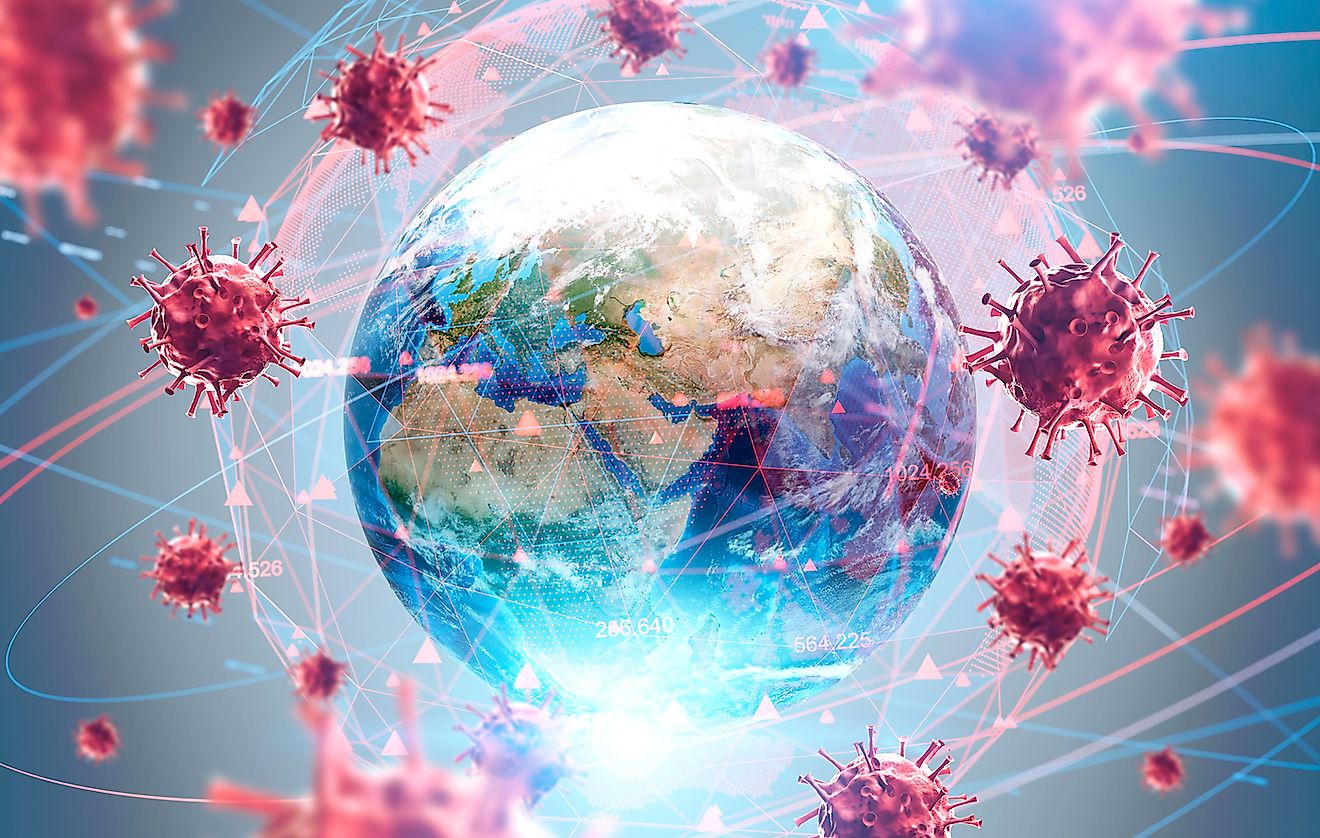
Recent events have shown how a virus can spread quickly all over the world and how it tin drastically harm economies, and claim thousands of lives. Many scientists believe that the Coronaviris pandemic which likely originated from a pathogen in bats, won't be the last 1. As humans proceed to encroach onto natural habitats and destroy wild animals the globe will keep to see more than zoonotic diseases jump from animals to humans.
Experts believe that if current activities and attitudes towards the treatment of wild animals continue, humans need to caryatid themselves for more than infectious disease outbreaks, fifty-fifty ones that can be and so potent information technology can threaten the beingness of millions of people worldwide.
7. Climate change
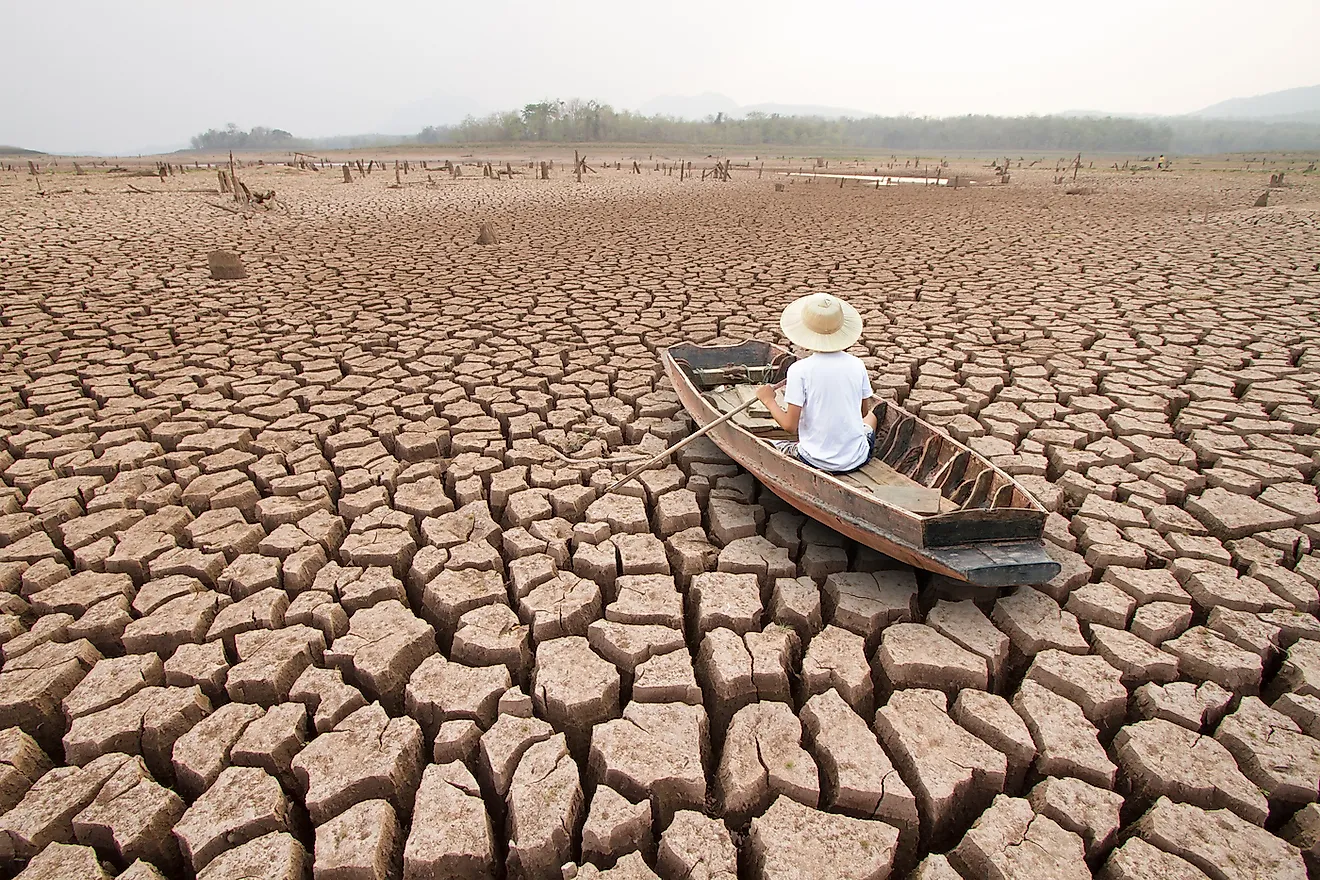
Many experts believe that climatic change poses the greatest threat to humankind today, then much and then that scientists and experts accept been convening to discuss this phenomenon for years. According to a special study by the UN Intergovernmental Console on Climate change titled Global Warming of 1.5˚C, the world's temperature has already increased by 1˚C since the preindustrial period due to man activeness. If trends proceed, humans will see a further increment in temperature which tin lead to severe storms, worse estrus waves, droughts, and flooding. Information technology can also cause a rise in bounding main levels which can lead to littoral flooding that eventually will affect drinking water and wastewater treatments. These in turn volition cause a spread of waterborne diseases. All these changes will have cascading consequences worldwide simply the most notable of which is the disturbance of the ecosystem and significant loss of biodiversity.
vi. Loss of Biodiversity
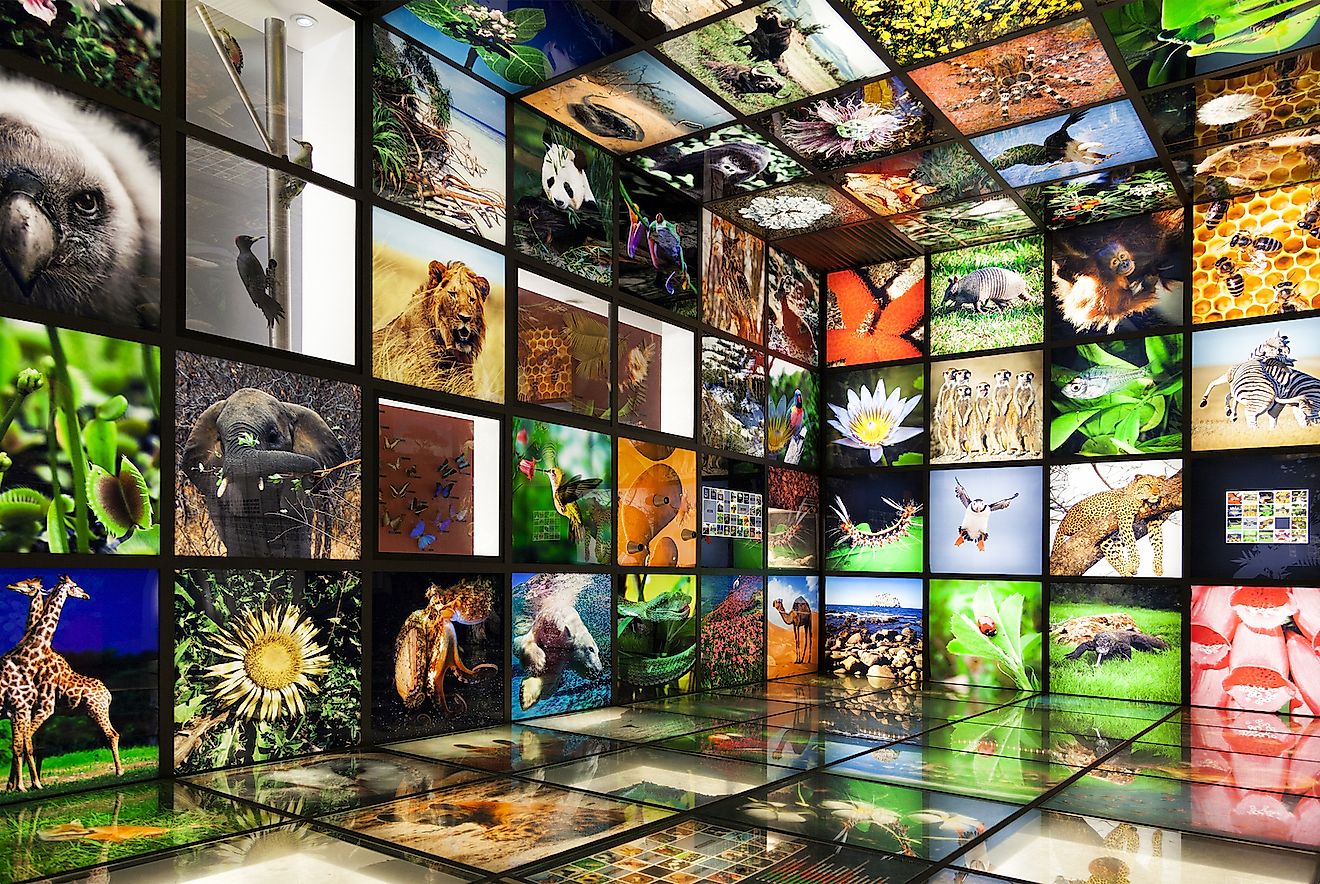
The proper functioning of the Earth'southward ecosystem depends largely on the circuitous interplay between the 9 million types of living things living on the planet. However, in recent years, the earth has witnessed a rapid disruption and loss of rich biodiversity according to researchers from the University Higher Hospital in Ibadan. Human being activities, the increasing world population, pollution, exploitation of natural resources, among others are taking its price on the ecosystem. Amidst the casualties are species of plants and animals. Recent inquiry by The Intergovernmental Science-Policy Platform on Biodiversity and Ecosystem Services (IPBES) has found that up to 1 1000000 species of plants and animals now confront extinction.
The annihilation of many species can, in the long run, threaten access to clean air and water and drastically bear upon food production worldwide. Severe disruption in biodiversity may also give rising to the emergence of more infectious diseases that can threaten the human population worldwide.
5. Artificial Intelligence
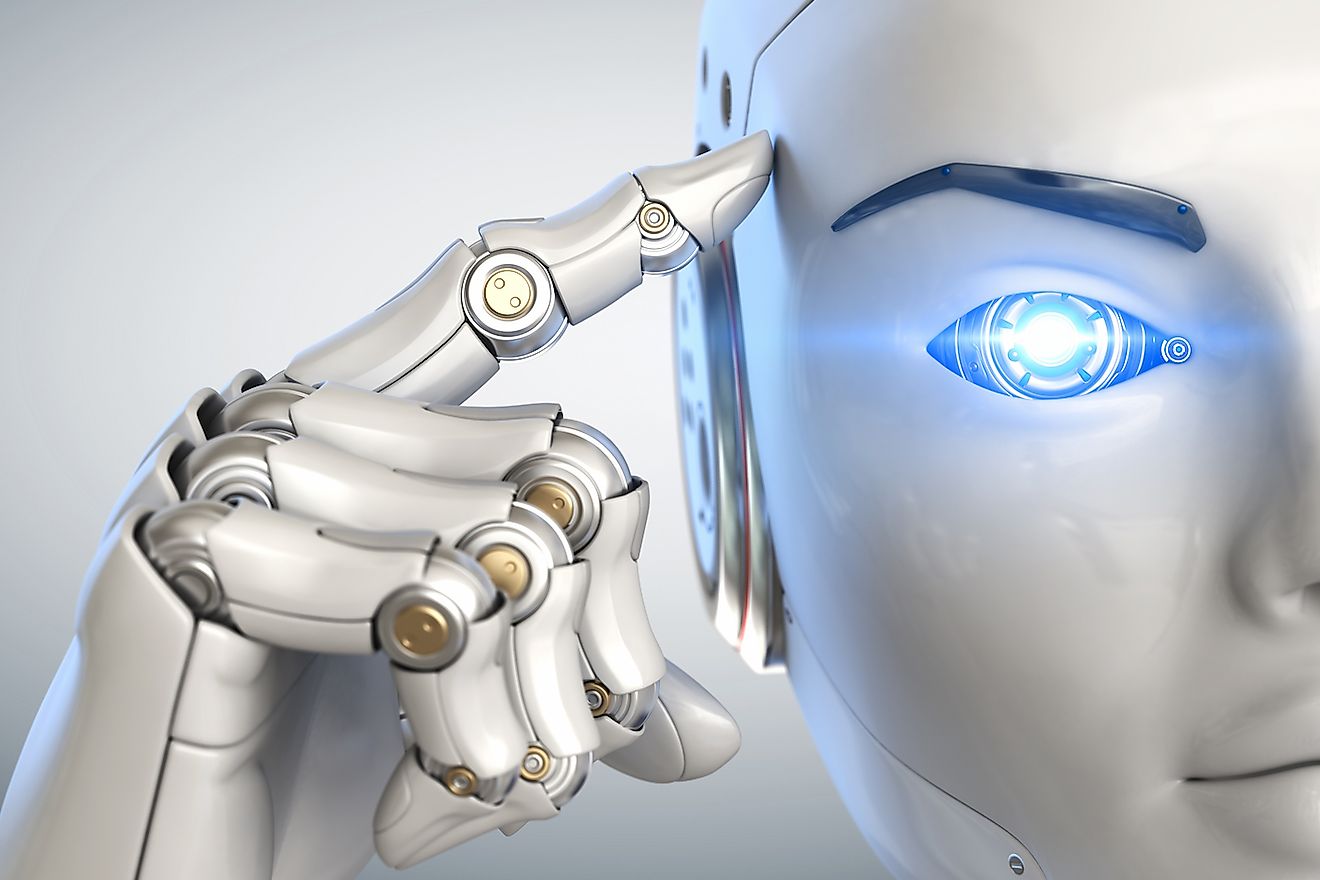
Many scientists including world-renowned astrophysicist Stephen Hawking believe that artificial intelligence will exist difficult to control even by their creators in the long term, can surpass human capabilities, and eventually cause the extinction of the human race.
If deployed carelessly, and left to go besides powerful, scientists believe thinking machines could become more than dominant, much more sophisticated, and evolved than humans. After taking over jobs, AI tin somewhen cause a global catastrophe than tin can wipe out flesh or push humans to extinction.
4. Nanotechnology
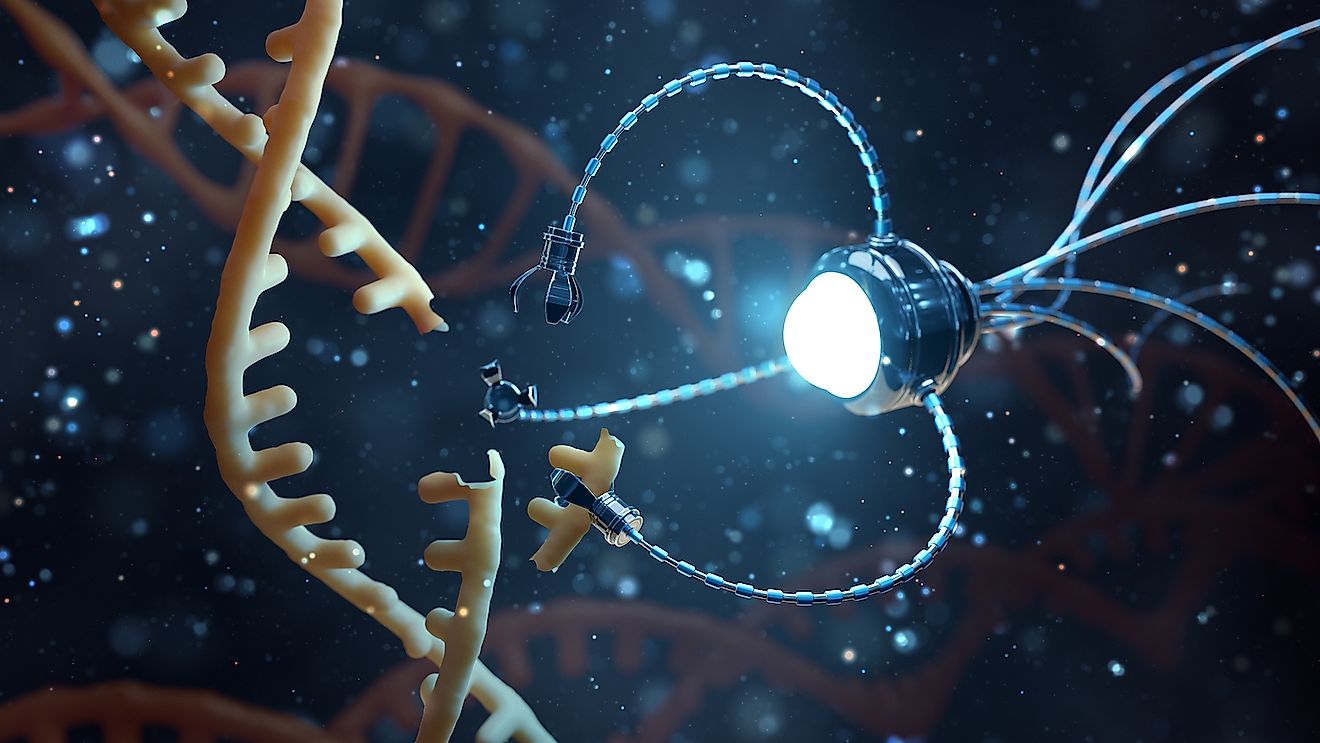
Many fear that nanotechnology or engineering at the molecular atomic level can be used for warfare and go highly subversive with many unintended consequences. Avant-garde molecular nanotechnology will enable scientists to construct "bacterium-scale self-replicating mechanical robots" that tin destroy the biosphere by poisoning information technology, burning it, or blocking out sunlight according to research by Professor Nick Bostrom of the Kinesthesia of Philosophy at Oxford University.
"A person of malicious intent in possession of this engineering science might cause the extinction of intelligent life on Globe by releasing such nanobots into the environment," Bostrom explains. This is why efforts are being made to keep this applied science out of the incorrect hands. Although according to Professor Bastrom the use of nanotechnology can be difficult to regulate.
three. Super Volcanoes
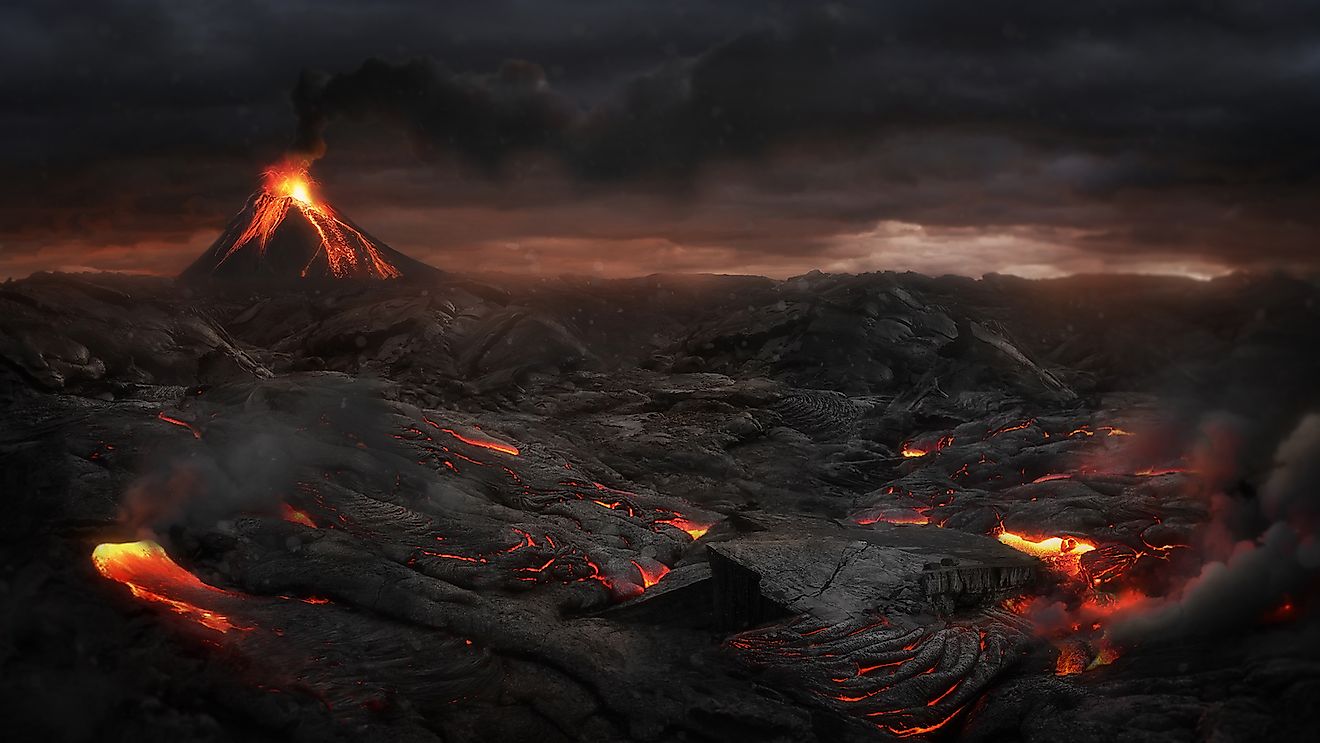
The supervolcanic eruption of Mount Toba 75,000 years agone almost led to the extinction of mankind. Mount Toba, located In N Central Indonesia, released ii,800 cubic km of ash and lava during the Earth's worst volcanic eruption which covered much of the sky for a very long time. Co-ordinate to historians, this event plunged the globe into a severe ice age.
Now many believe another explosion of this magnitude can have fifty-fifty deadlier consequences considering dumbo cities surrounding supervolcanoes today. Ane famous supervolcano is located underneath the Yellowstone National Park. Many volcanologists believe that its eruption can take catastrophic furnishings on many The states cities today.
2. Asteroid
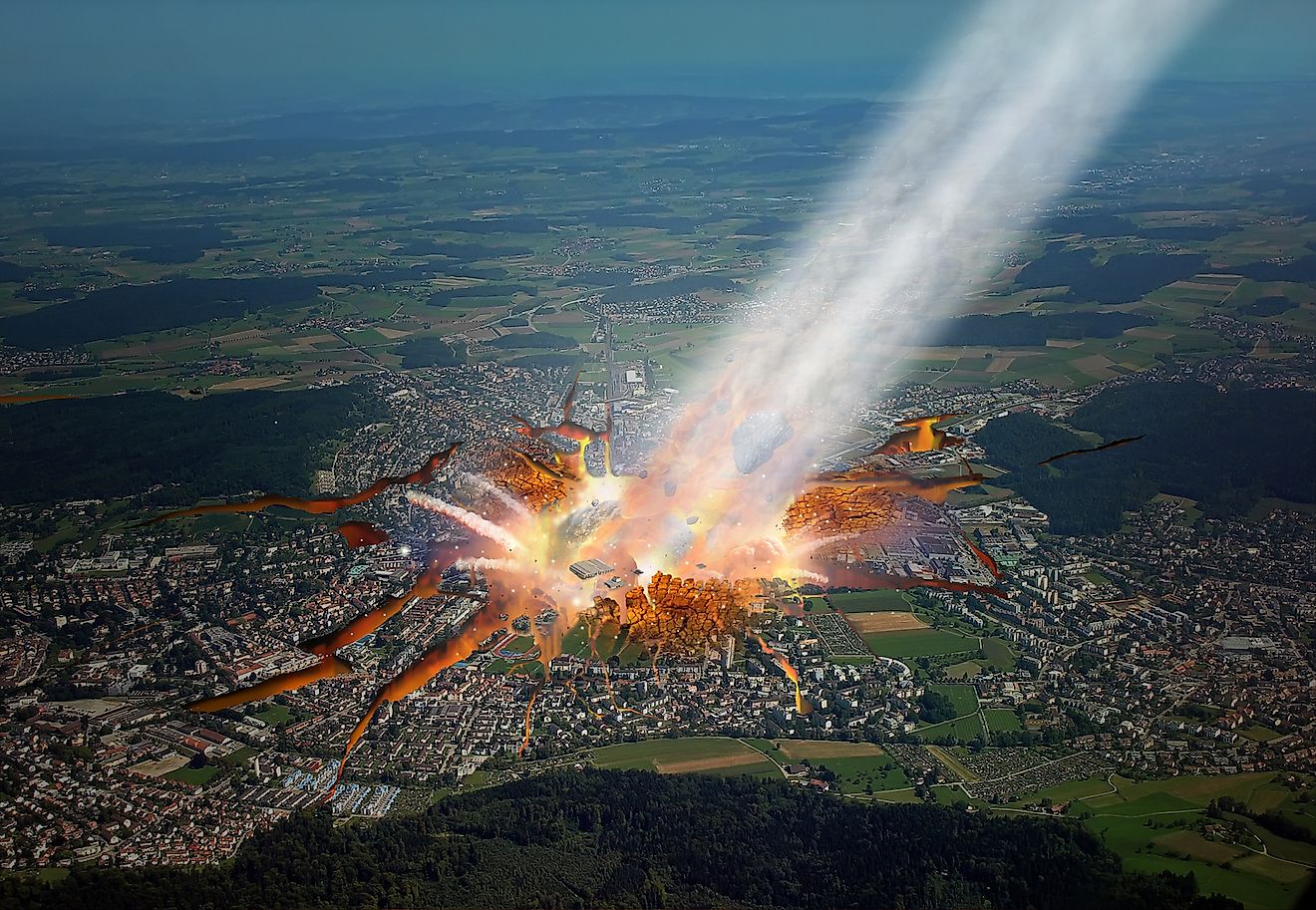
Asteroids are huge rock formations that navigate the solar organization. A collision between these asteroids and Earth in the by caused the extinction of dinosaurs. Now a cosmochemist who published the book Catching Stardust: Comets, Asteroids and the Nascence of the Solar Arrangement believes history tin can repeat itself.
She says that at some point, a comet or an asteroid is jump to hit the Globe and it will accept devastating consequences. A massive asteroid, she believes, can wipe out flesh when it hits the planet.
1. The Unknown
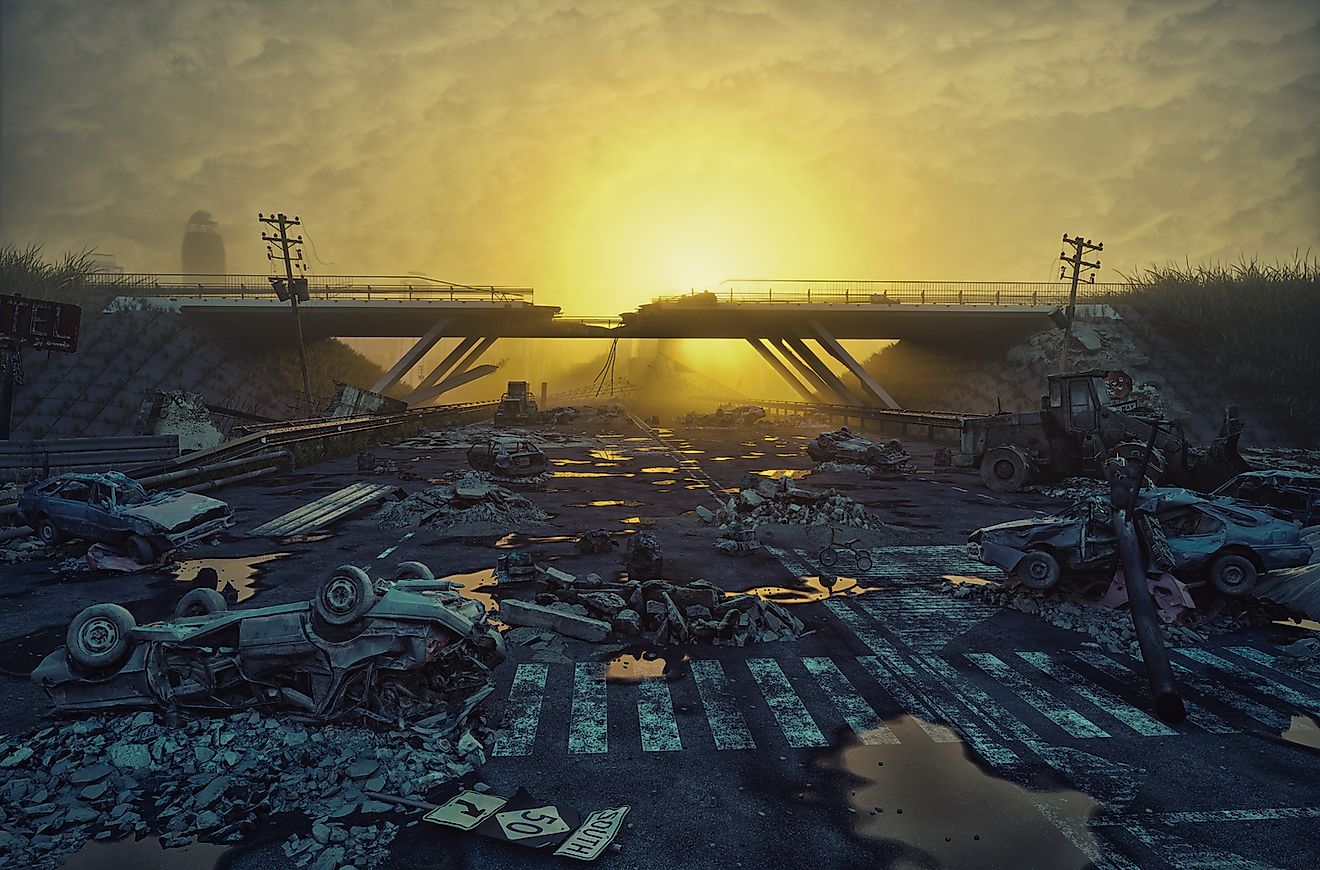
Zippo instills fright more than than the unknown. Many experts believe that in that location are nonetheless numerous unknown threats lurking out there across human comprehension. According to the Global Challenges Report, rapid economic, scientific, and technological evolution bring unforeseen risks in its wake. "It is therefore probable that many future global catastrophic risks are at nowadays unknown," the report concludes.
While very little is still understood about these potential risks, humans have adult methods to screen, monitor, and scan them. Scientists go along to bear studies to find them, in an endeavor to mitigate their effects.
Source: https://www.worldatlas.com/articles/10-of-the-greatest-threats-to-human-life-around-the-world-today.html

0 Response to "what viruses current pose a threat to the human race?"
Post a Comment